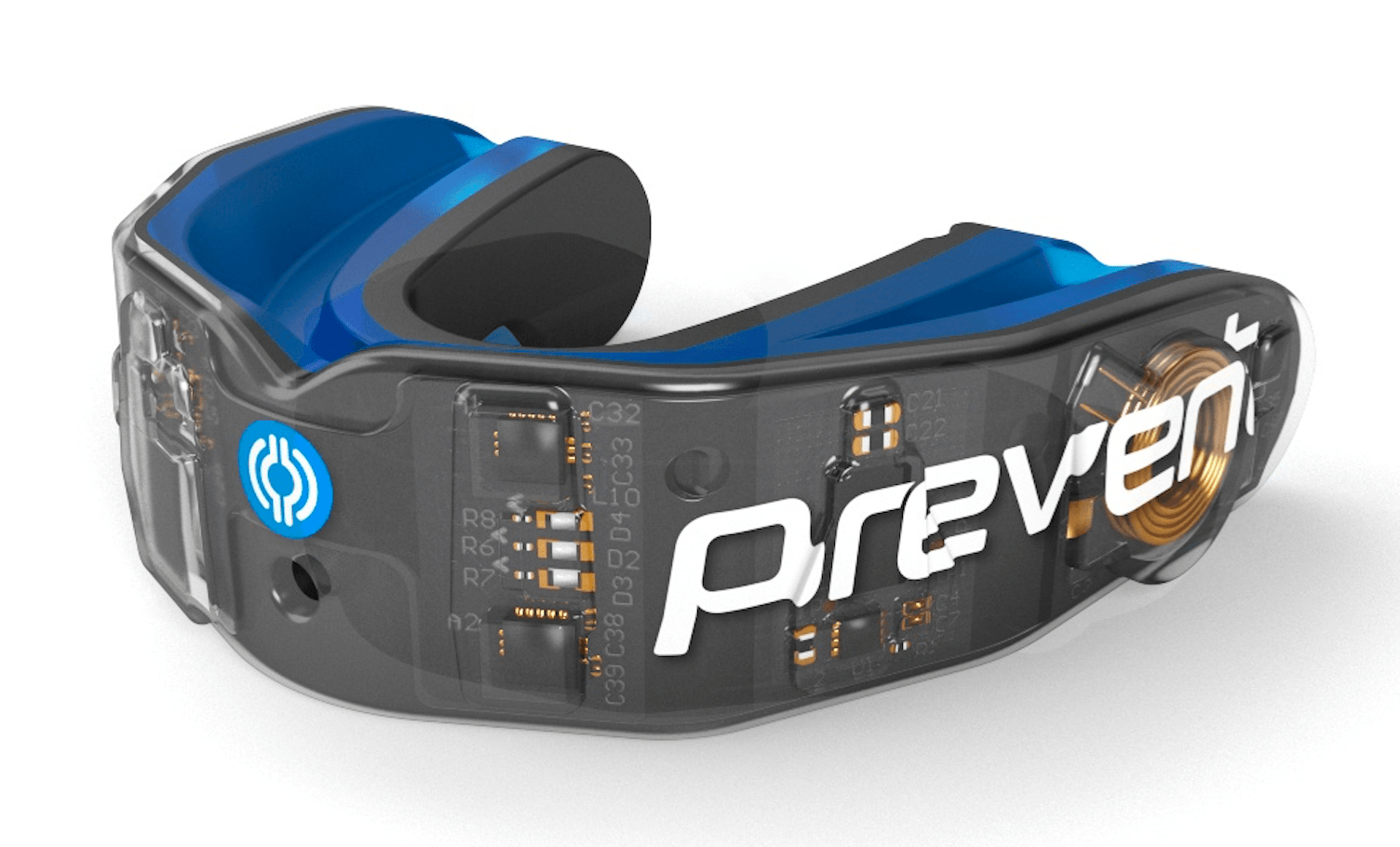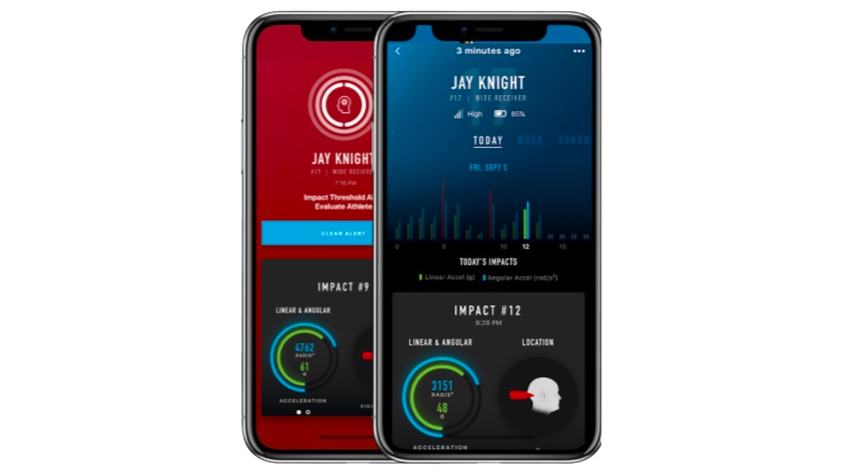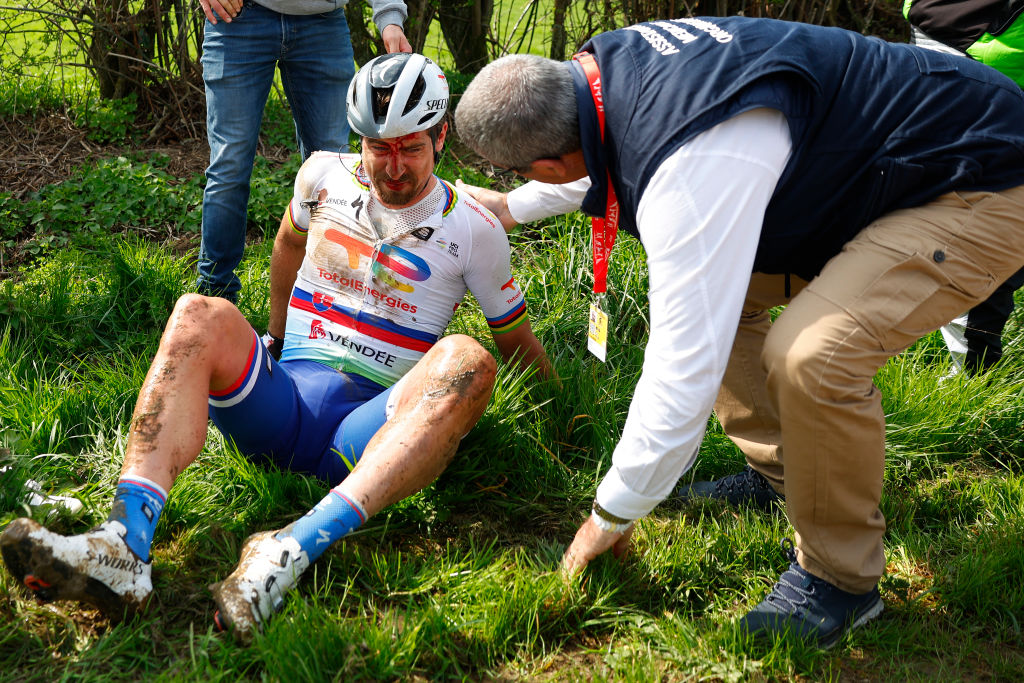How rugby gumshields could change the face of pro cycling
Realtime impact monitoring from 'smart' gumshields could take pro cycling's head injury protocols to a new level

We are currently mid-way through the Six Nations rugby championship, and as a proud Wales rugby fan I must admit it’s not been the most enjoyable watching experience. Regardless, something very interesting has come out of the tournament that could well modernise pro cycling's protocols when it comes to head injury management.
A BBC Sport article has reported that rugby players are now using 'smart' gumshields, which allow support staff to monitor the g-forces experienced by the players' heads in real time.
Contrasting head injury protocols
While rugby doesn’t necessarily have the greatest history of head injury protocols - evidenced by an ongoing lawsuit against the sport's governing bodies - it has come on leaps and bounds in recent years. For example, the increased use of red cards for impacts to a player's head has aimed to reduced the incidence of shoulder-to-head contact, and any player suspected of receiving a knock to the head is forcibly removed from the field of play for a ten-minute head injury assessment, with a substitution allowed that doesn’t count towards the teams usual number of subs.
In cycling, the UCI has approved a concussion protocol, a modified version of the SCAT5 standardized protocol that includes asking a rider involved in a crash a series of questions. Should they show signs of concussion they can be removed from the race, but given the sport's lack of substitutions there is more incentive for the riders to try their hardest to remain in the race.
Before this protocol there had been several high-profile cases of riders continuing while clearly suffering the effects of concussion, Roman Bardet rode for 90km while concussed, and many will recall watching an unstable Toms Skujins remount his bike after a crash in the Tour of California in 2017.
Teams are beginning to get on board, with Bahrain Victorious stating ‘if in doubt, sit them out’ following the team's decision to remove Cameron Scott from the Tour Down Under after a confirmed mild concussion following a crash on stage 3. Scott’s removal, however, was only following his completion of the stage, and he wasn’t pulled from the race immediately.

Smart gumshields and cycling
Back to the rugby field, and the introduction of smart gumshields. The technology in essence allows monitoring of HAE, or Head Acceleration Events. A study conducted by Ulster University using smart gumshields produced by Prevent Biometrics was able to determine that “86% of forces on the head in community rugby are the same or less than those experienced in general exercise such as running, jumping and skipping, while 94% are lower than those previously measured on people riding a rollercoaster.”
Get The Leadout Newsletter
The latest race content, interviews, features, reviews and expert buying guides, direct to your inbox!
The gumshields connect wirelessly to an app, to give players of contact sports access to realtime evaluation of their head acceleration.
While this is noteworthy from a general understanding of the forces endured by rugby players, it’s the HAEs at higher magnitude that are of interest to both rugby players and, to my mind, cyclists too.
In the study, all forces over 60G were grouped together because there were so few of them, but “American Football players diagnosed with concussion had HAEs ranging from 40-150G”

Regardless of the specific numbers, it’d be a very short leap for pro cycling to make to use this technology, integrated into riders' helmets. With further study it could be possible that we see thresholds set, backed up by measurable data, for the forced withdrawal of riders from races following a crash, and mandated time off for recovery too.
Similar technology already exists in some form, with some Specialized helmets containing an ANGi crash detection chip, also available as an aftermarket add-on to dial for help should you be unable to do so yourself following a spill.

Will joined the Cyclingnews team as a reviews writer in 2022, having previously written for Cyclist, BikeRadar and Advntr. He’s tried his hand at most cycling disciplines, from the standard mix of road, gravel, and mountain bike, to the more unusual like bike polo and tracklocross. He’s made his own bike frames, covered tech news from the biggest races on the planet, and published countless premium galleries thanks to his excellent photographic eye. Also, given he doesn’t ever ride indoors he’s become a real expert on foul-weather riding gear. His collection of bikes is a real smorgasbord, with everything from vintage-style steel tourers through to superlight flat bar hill climb machines.